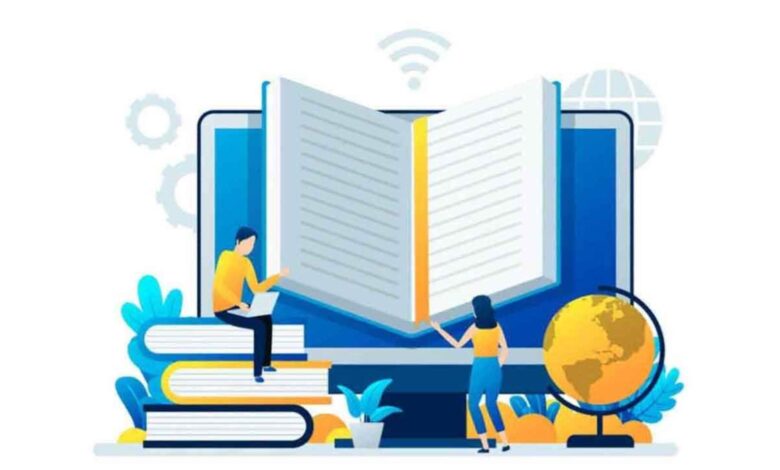Bridging the gap; aligning HR education with industry needs

Bridging the gap with industry requirements, students in HRM may be trained in behavioural competencies to manage consequences of technology implementation.
Modernity notwithstanding, human resources have retained their centrality and indispensability in organisations. Businesses have evolved from industry 1.0, and industry 5.0 is knocking our doors. The question is not therefore, whether HR needs to change. The question is to what extent it needs to change and what are the new dimensions of change. The foremost dimension of change, which academicians and managers have unequivocal agreement upon, is to align human resource management education with emerging industry needs.
Foremost in this narrative on alignment is to equip students with new technology relevant to HRM and enable them to implement such technologies. Artificial Intelligence (AI), analytics based HR decision making, use of Chatbot based employee interfaces, Block chain based HR applications and Internet of Things (IoT) have become game changers for HRM in industry. Immense are the advantages to be reaped by the application of these technologies in various ways in HRM. Students in HRM have to be trained in the usage, application and management of these technologies.
They need to be sensitised to the fact that technology assists human resources to enhance productivity, efficiency and effectiveness. An HR technology oriented management program may thereby be required to be adopted by management institutions. While regular, formal classroom teaching may have its limitations, institutions may have to look forward to asynchronous methods. Certifications provided by technology providers like SAP or IBM may be one of the options worth exploring. Other alternatives may be courses offered by EdTech companies or MOOC courses offered by various leading universities in India and abroad.
Furthermore, bridging the gap with industry requirements, students in HRM may be trained in behavioural competencies to manage consequences of technology implementation. HR function in industry 5.0 has to address the benefits arising out of technology in terms of economies of scale and scope. Development of appropriate behavioural competencies would go a long way in aligning HR education with requirements of the practising world.
Technology and HR skills become effective, only when grounded in the business environment of the organisation. Bridging the gap with industry requires emphasis on developing business orientation and skills pertaining to environment scanning, linking environment to HRM, and aligning HR deliverables with business environment. These key attributes required in industry 5.0, can be developed by focusing more on industry – academia partnership, which must extend beyond the conventional boundaries. It has to involve the industry in the entire life cycle of students from entry to exit. Active participation of industry needs to be there right from curriculum design, delivery and evaluation.
Stakeholders in industry play an important influence on various business and hence HR decisions. Their influence on HR function has increased in the light of ESG, diversity & inclusion, and uncertain geo-political tensions. These developments have cast a shadow on stakeholder’s expectations from HR and delivery by the HR function. Time tested formats of HR education therefore need to be revisited in favour of immersive and integrative educational experience. In summary, ‘bridging the gap’ is the need of the hour and hence innovative approaches need to be framed.






